Small Asian Dog Breeds
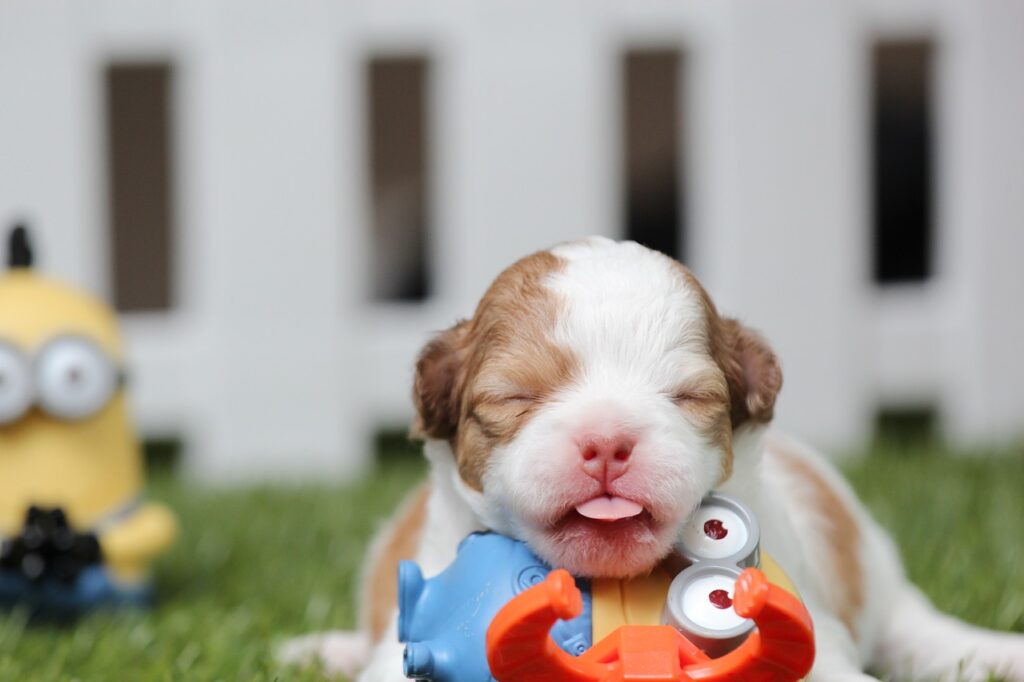
Small Asian Dog Breeds :- Asia stands as a treasure trove of cultural heritage, spanning millennia and encompassing a significant portion of the world’s population. Within this vast continent lie some of the most cherished dog breeds worldwide, their origins tracing back to ancient times. Recent studies hint at Southeast Asia as the cradle of canine domestication, with evidence suggesting an origin approximately 33,000 years ago, before their dispersion to other regions like the Middle East, Africa, and Europe.
Among the diverse array of Asian dog breeds, many hail from China, showcasing a rich history intertwined with royalty and nobility. Take, for instance, the ubiquitous Pugs and Shih Tzus, once revered companions of Chinese monarchs, now beloved fixtures in American households. Yet, China is not the sole contributor to Asia’s canine heritage; breeds from Korea, Japan, and Thailand also add to the tapestry of Asian dog breeds, each bearing its own unique charm and history.
A Brief History of Asian Dog Breeds
The director of research and development, scientific product at Embark Veterinary sheds light on the fascinating origins of canine lineages, revealing a rich tapestry of genetic diversity spanning continents and millennia. By delving into the ancient past, we uncover three distinct lineages of dogs:
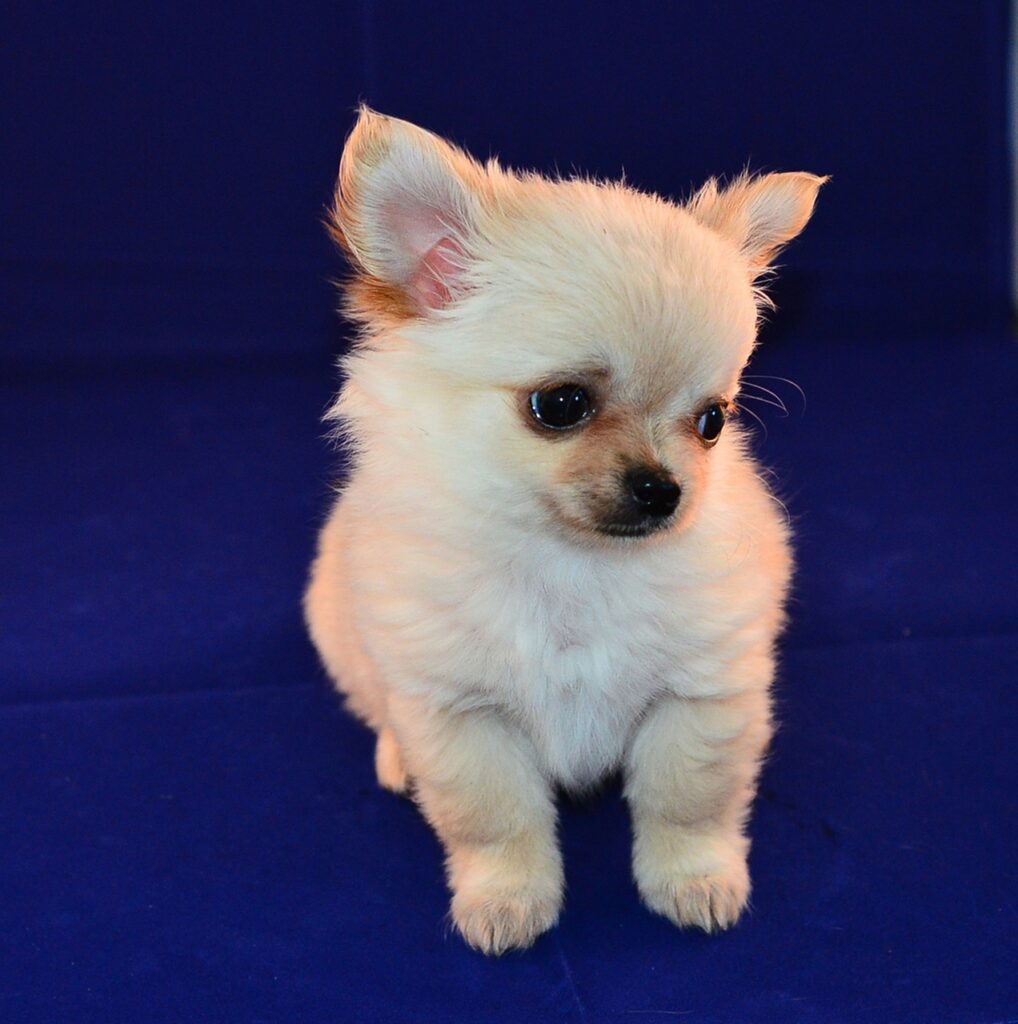
- Western Eurasian Lineage: Predominantly found in dogs across Europe, Africa, the Middle East, and India, this lineage reflects a deep-rooted connection to the ancient civilizations of the Old World.
- East Asian Lineage: Embodied by breeds such as the chow chow, Shar-pei, and Tibetan mastiff, this lineage traces its heritage to East Asia, alongside the dingo and New Guinea singing dog. These breeds carry with them a legacy stretching back thousands of years, enriching our understanding of canine history.
- Arctic Lineage: The husky breeds and Alaskan malamutes embody the Arctic lineage, alongside traces found in some North American breeds like the Chihuahua and xoloitzcuintli. This lineage speaks to the resilience and adaptability of dogs in harsh climates, reflecting their integral role in indigenous cultures.
While European breeds have undergone significant development over the past few centuries, shaped by modern breeding practices, Asian breeds boast a lineage that predates them by millennia. Despite the diversity within European breeds, the genetic bond between them pales in comparison to the deep divide separating European and Asian lineages—an ancient genetic split that underscores the rich complexity of canine evolution.
Understanding this intricate history adds an extra layer of fascination to the process of choosing the perfect Asian dog breed for your family. Let’s embark on a closer exploration of these remarkable breeds, each a testament to the enduring legacy of our canine companions.
Best Small Asian Dog Breeds
Let’s delve into the captivating world of Asian dog breeds, each boasting its own unique charm and heritage:
Pug:
Originating from China, the Pug is renowned for its diminutive stature and distinctive flattened face, a hallmark of brachycephalic breeds. Despite their small size, Pugs possess robust muscles and abundant skin, resulting in endearing wrinkles that adorn their expressive faces. Playful and cheerful, they make delightful companions, though vigilant care is crucial due to their predisposition to respiratory and cardiac issues.
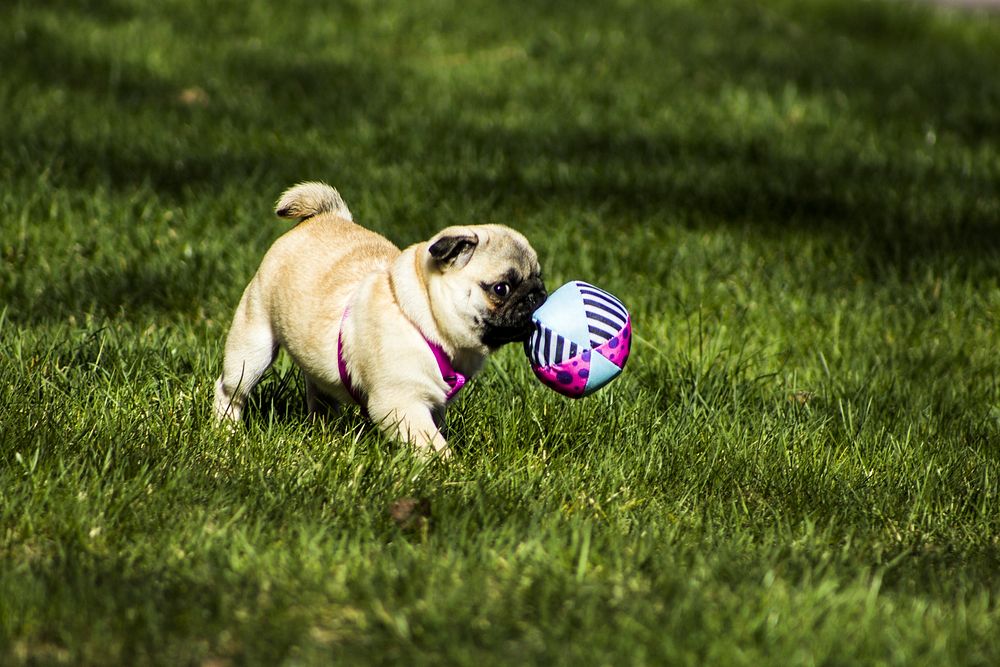
Shiba Inu:
Believed to hail from China or Japan, the Shiba Inu is often dubbed the smaller counterpart to the Akita Inu. Sporting a similar coat and curled tail, Shiba Inus exhibit a reserved yet independent demeanor. Training from an early age is paramount to help them navigate between play and rest, ensuring their safety and well-being in various situations.
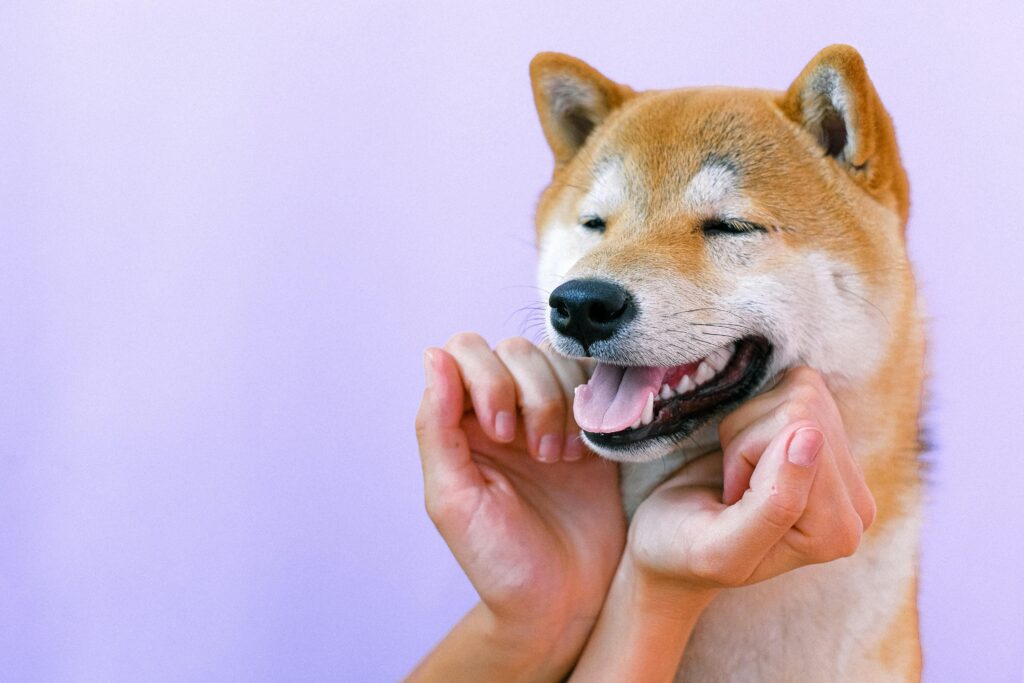
Pekingese:
Steeped in uncertainty, the Pekingese is thought to have originated in China, where it served as a cherished companion to royalty. Compact in size and adorned with luxurious fur, these dogs exude loyalty, protectiveness, and a playful spirit. However, their brachycephalic anatomy demands diligent health care to mitigate respiratory and cardiac concerns.

Shih Tzu:
Hailing from China or Tibet, the Shih Tzu enchants with its small stature and flowing coat, often gracing canine beauty contests with its elegance. Sharing traits with the Pekingese, Shih Tzus are loyal, playful, and thrive on attention and affection from their families.

Chinese Crested:
With roots tracing back to China, the Chinese Crested boasts a unique physique, characterized by hair only on its head and extremities, revealing its delicate skin elsewhere. Lively and affectionate, these dogs adore spending time with their families but may exhibit shyness and fearfulness toward strangers, necessitating proper socialization and training.
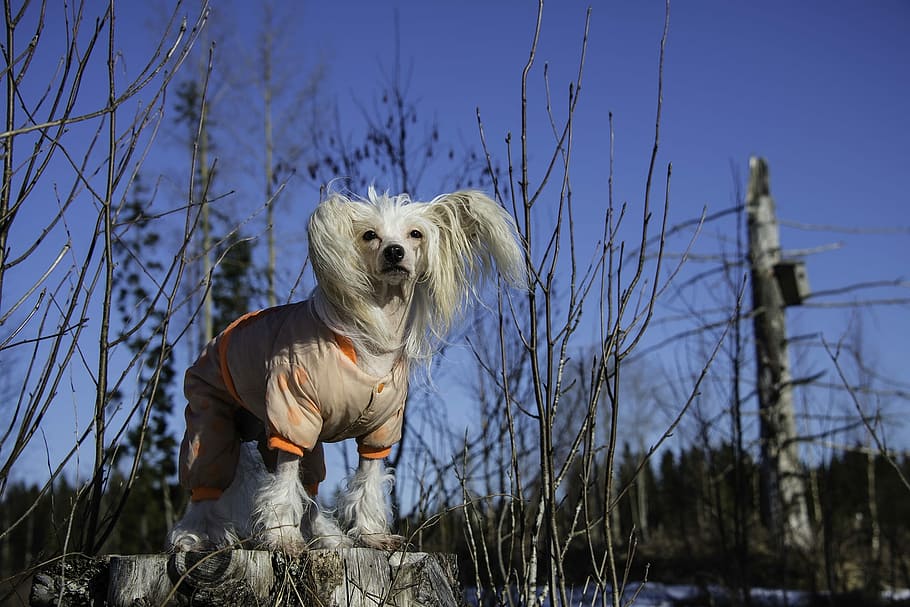
Lhasa Apso:
Originating from Tibet, the Lhasa Apso served as a stalwart guard dog in monasteries, boasting a distinctive appearance with long, fringed fur and a bushy tail. Despite their small stature, they exude confidence and possess a spirited demeanor, though they may display aggression toward strangers, reflecting their watchdog ancestry.
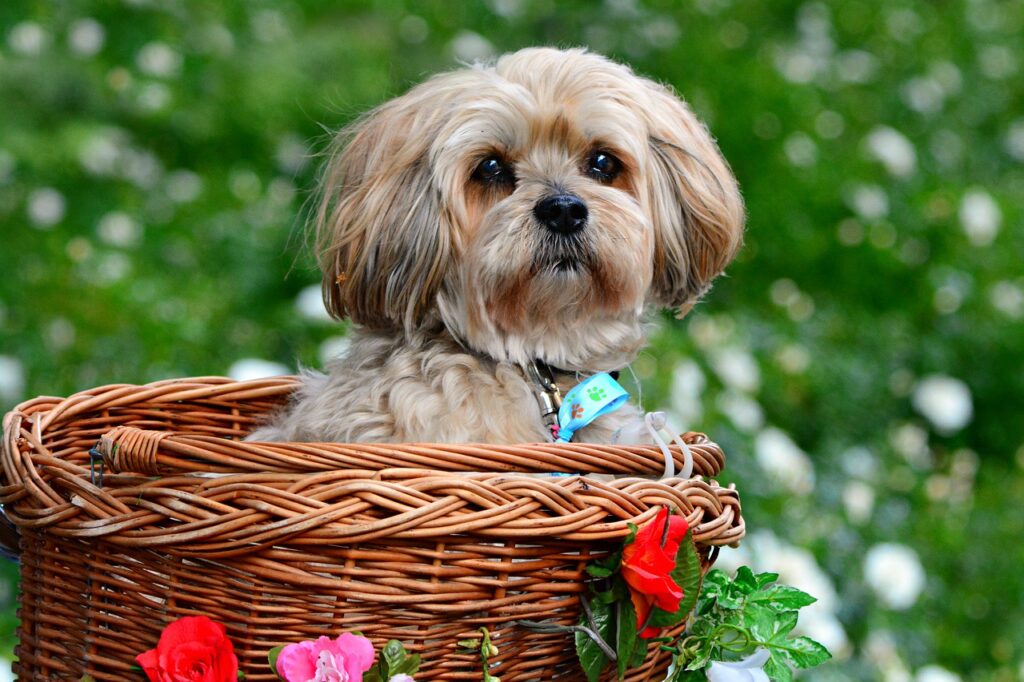
Each of these Asian breeds brings its own blend of history, personality, and charm to the table, enriching the lives of their fortunate families with their unwavering loyalty and companionship.
Small Dog Breed Challenges
Although small dogs captivate with their adorable size, there are some considerations to bear in mind:
- Fragility: Their petite frames and delicate bones render small dogs more susceptible to injuries, particularly when interacting with larger dogs or children. Additionally, they may be prone to health issues like dental problems, hypoglycemia, and respiratory issues.
- Training Challenges: Small dogs may pose training challenges, as their diminutive stature may lead to behaviors being tolerated that would be unacceptable in larger breeds. This could result in the development of undesirable habits like excessive barking, aggression, or separation anxiety.
- Grooming Needs: Many small breeds require daily brushing to maintain their coats. While this task typically takes only a short time each day, neglecting it can lead to mats and tangles, necessitating costly professional grooming.
- Activity Limitations: Due to their small size, some activities like hiking or running may be less suitable for small dogs compared to larger breeds. Additionally, size limitations may prevent them from participating in certain sports or competitions.
While small dogs offer wonderful companionship, potential owners should carefully weigh these potential downsides before selecting a breed.




